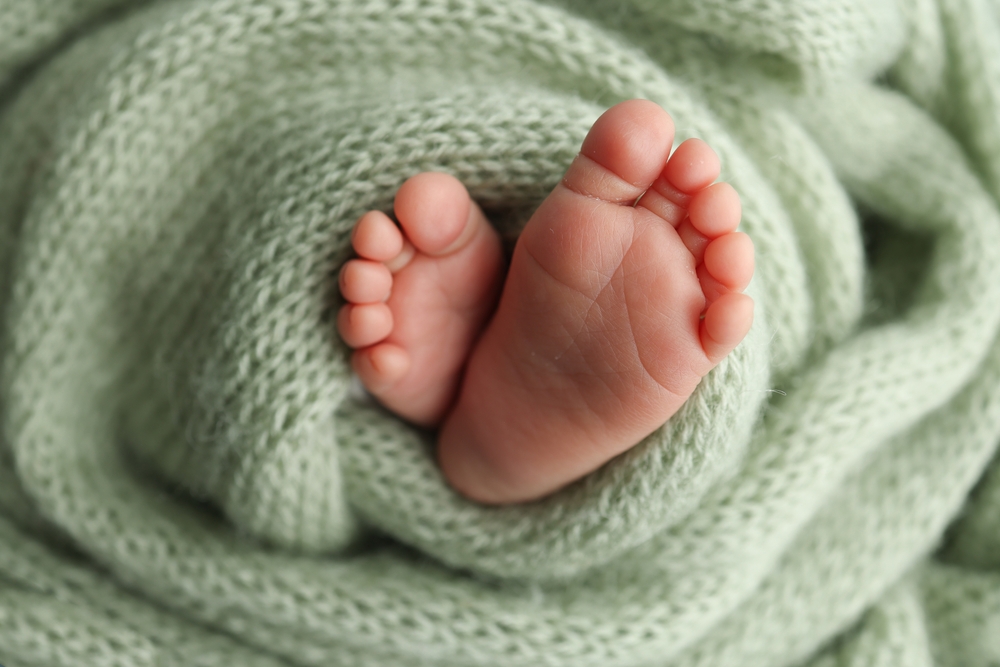To counter the risks of an especially contagious coronavirus, health workers are turning to especially sophisticated quarantine tools. At HHI Corporation outside of Salt Lake City, crews have built some of the only in-air biocontainment units available.
Some of the repatriated passengers from the Diamond Princess cruise ship in Japan were transported in these units, which can fit up to eight patients at a time.
"Initially they were developed for Ebola, but they're designed to do anything," HHI Communications Manager Devin Brown told Newsy.
Nebraska Medicine's biocontainment unit in Omaha is currently treating two patients and has treated five coronavirus patients to date.
These biocontainment units include more controls than a standard hospital room or ambulance, like pressure controlled airtight rooms and doors, and separate autoclaves for medical workers to decontaminate linens and medical waste. They also use secure telehealth video systems to minimize the number people coming and going into the isolated patient areas. Medical workers transport patients into biocontainment units via HEPA-filtered individual isolation units, sometimes called biopods or isopods.
The medical staff who work in these units are often already employed at their respective hospitals and are activated when an infectious disease patient arrives. The University of Colorado hospital's biocontainment unit runs annual drills to stay prepared.
"We have one coming up in April where we're actually going to practice the transfer of a highly infectious disease patient from an airport in the state to the center here, to our biocontainment unit here," said Clint Andersen, emergency preparedness manager at University of Colorado Hospital. "And that's practicing. How do we transfer safely? How do we protect people en route? How do we take care of the vehicles that are transported safely? And then how do we care for the patient upon our particular unit?"
But these units can only accommodate a small number of patients and are very expensive. There are less than a dozen biocontainment units nationwide. Since 2015, HHI's been contacted by NATO and the State Department to build only a few units. The cost is between $1 million and $2 million each and take minimally six months to make.
"The only problem is there's only four of them. So, you know, we we want to help wherever we can. If we were to get an order, we would assemble our team and get right to work," Brown said.
Despite those challenges, these units can often be where medical breakthroughs on treating infectious diseases occur. For example, during the 2014-2016 Ebola outbreak, doctors at Nebraska Medicine worked to help find new treatment solutions for patients. Now, one of the first clinical trials for an antiviral drug to treat coronavirus is being tested there, too.










